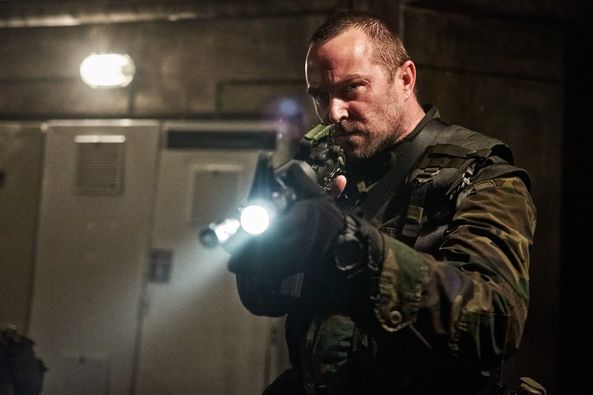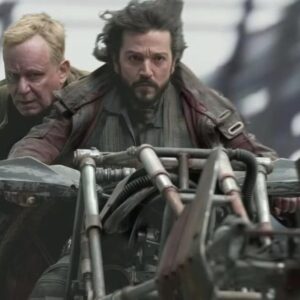
Andor (2022) is a television series set in the Star Wars universe, created by Tony Gilroy.
Andor (2022) is a television series set in the Star Wars universe, created by Tony Gilroy. Serving as a prequel to the 2016 film “Rogue One: A Star Wars Story,” the series explores the early life and motivations of Cassian Andor (played by Diego Luna), a key figure in the Rebel Alliance.
Plot Summary: The series is set five years before the events of “Rogue One” and follows Cassian Andor’s journey from a disillusioned, self-serving individual into a committed revolutionary. The story delves into the gritty, darker side of the Star Wars universe, focusing on espionage, political intrigue, and the personal sacrifices made by those who resist the tyranny of the Galactic Empire.
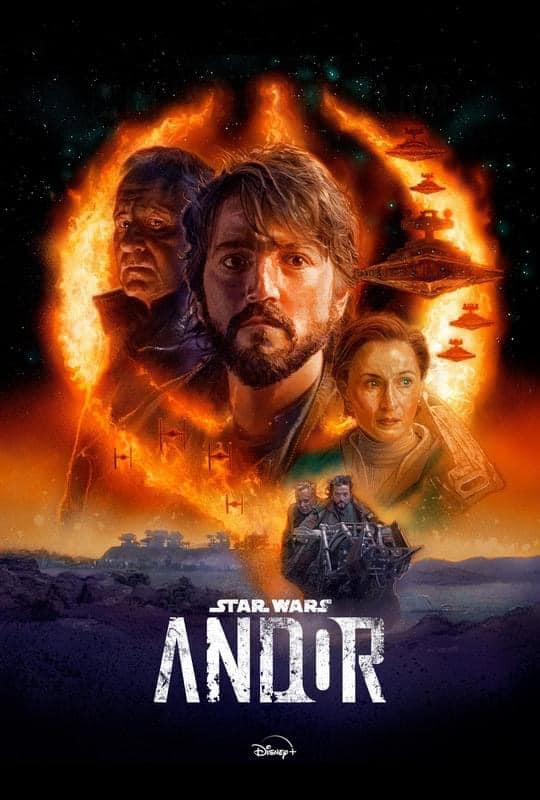
“Andor” provides a detailed exploration of the rise of the Rebel Alliance, the personal struggles of its members, and the oppressive nature of the Empire. It also introduces new characters who play significant roles in the growing resistance, including Luthen Rael (played by Stellan Skarsgård), a secretive figure involved in recruiting for the Rebellion, and Mon Mothma (played by Genevieve O’Reilly), a prominent leader in the Rebellion who navigates the dangerous political landscape of the Imperial Senate.
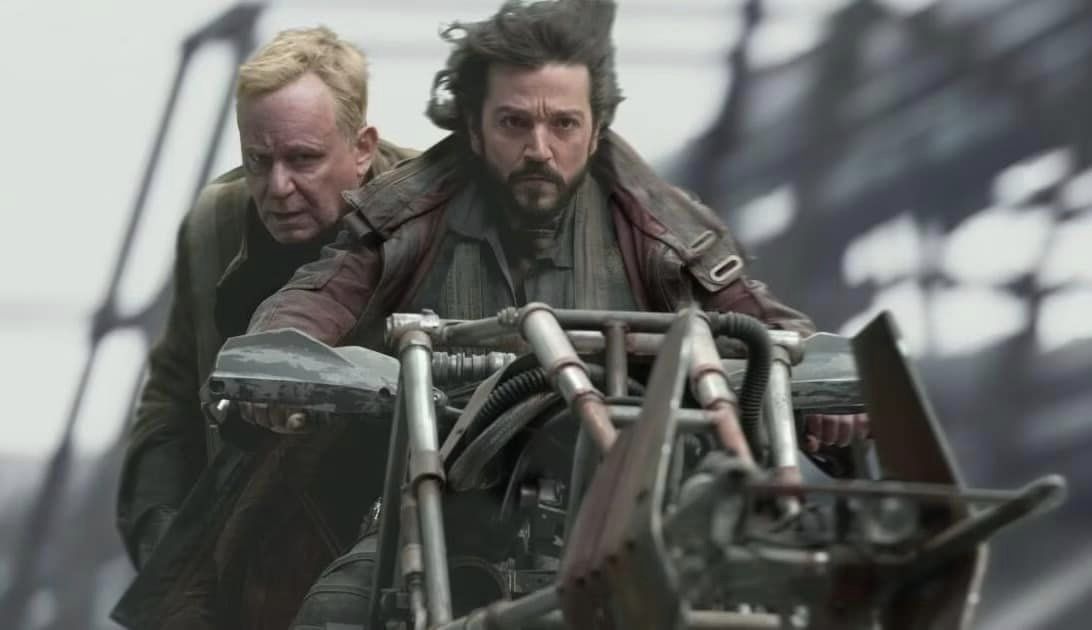
Themes and Tone: Unlike some of the more fantastical elements of the Star Wars saga, “Andor” emphasizes realism and complexity. The series tackles themes of identity, sacrifice, and the moral ambiguity inherent in fighting a seemingly invincible enemy. It also provides a more grounded view of the galaxy, highlighting the struggles of ordinary people under the yoke of Imperial oppression.
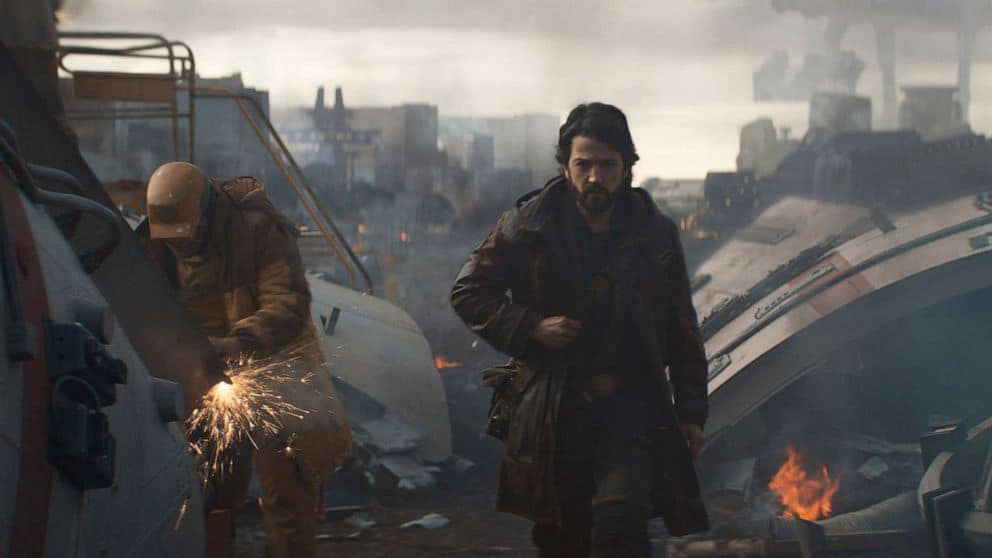
The tone of “Andor” is more mature and somber compared to other Star Wars content, focusing on character development and the harsh realities of living under an authoritarian regime. It also delves into the internal conflicts within the Rebellion, showcasing the difficult choices and compromises made by its members.

Reception: “Andor” was praised by both fans and critics for its strong writing, character development, and its departure from the traditional Star Wars formula. The performances, particularly Diego Luna’s portrayal of Cassian Andor, were lauded for adding depth and nuance to the character. The series was also noted for its production design and world-building, which brought a new level of detail to the Star Wars universe.
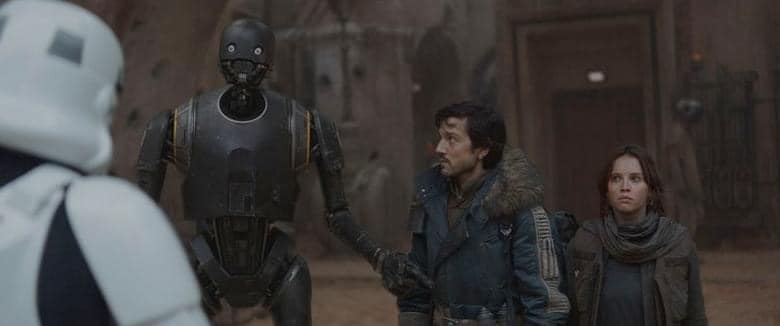
Reception: “Andor” was praised by both fans and critics for its strong writing, character development, and its departure from the traditional Star Wars formula. The performances, particularly Diego Luna’s portrayal of Cassian Andor, were lauded for adding depth and nuance to the character. The series was also noted for its production design and world-building, which brought a new level of detail to the Star Wars universe.

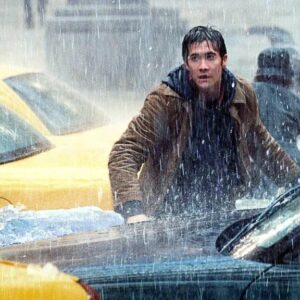
“The Day After Tomorrow” is a 2004 American science fiction disaster film directed by Roland Emmerich.
“The Day After Tomorrow” is a 2004 American science fiction disaster film directed by Roland Emmerich, known for his work on large-scale disaster movies. The film explores the catastrophic effects of global climate change, specifically the sudden onset of a new ice age, triggered by extreme weather events.
Plot Summary: The film centers on Jack Hall (played by Dennis Quaid), a paleoclimatologist who discovers evidence that a massive climate shift is imminent due to disruptions in the North Atlantic Ocean’s circulation. Despite his warnings, global leaders fail to take the threat seriously until it’s too late. As a series of unprecedented weather events unfold—massive hurricanes, tsunamis, and deep freezes—Jack races against time to save his son Sam (played by Jake Gyllenhaal), who is trapped in New York City as the city becomes engulfed in ice.
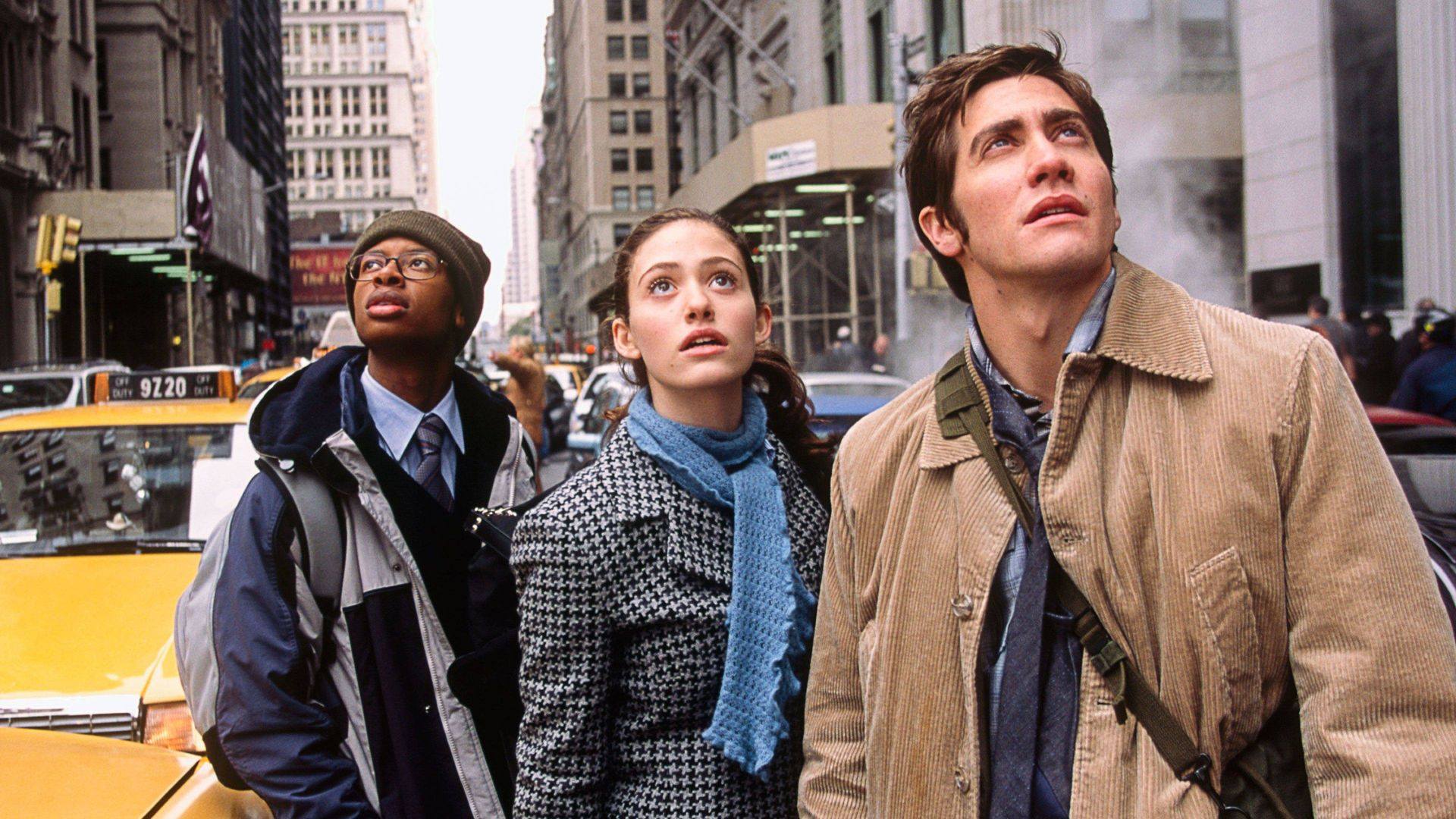
As the world plunges into chaos, Jack and a small group of survivors must endure freezing temperatures, dangerous storms, and the collapse of modern civilization. The film follows their struggles to survive in a world turned upside down, while also touching on themes of family, sacrifice, and humanity’s impact on the planet.
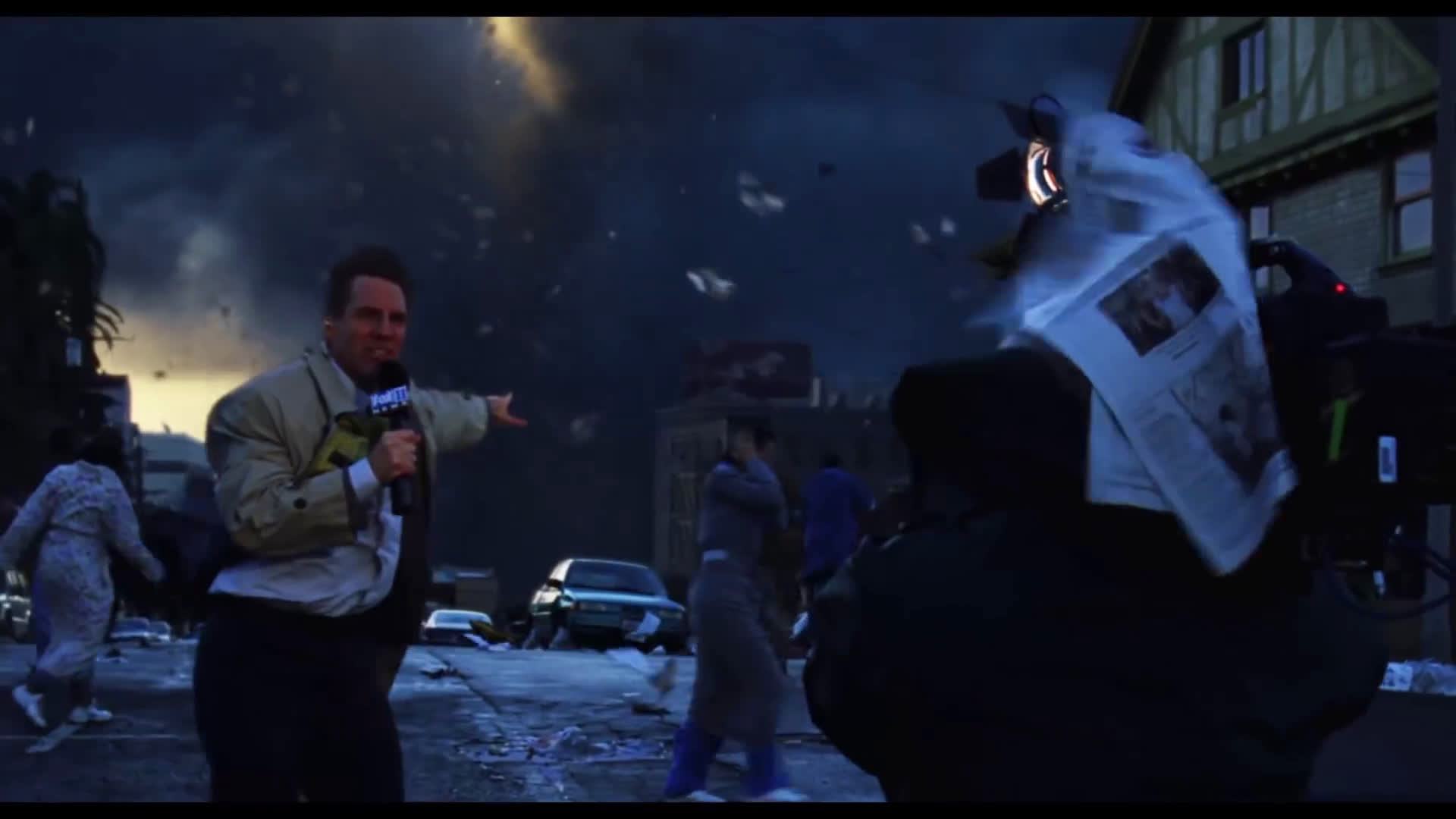
Themes and Reception: “The Day After Tomorrow” highlights the dangers of climate change, using exaggerated but visually stunning scenarios to dramatize the potential consequences of environmental neglect. The film emphasizes the urgency of addressing climate issues and the interconnectedness of global systems, albeit in a highly fictionalized manner.
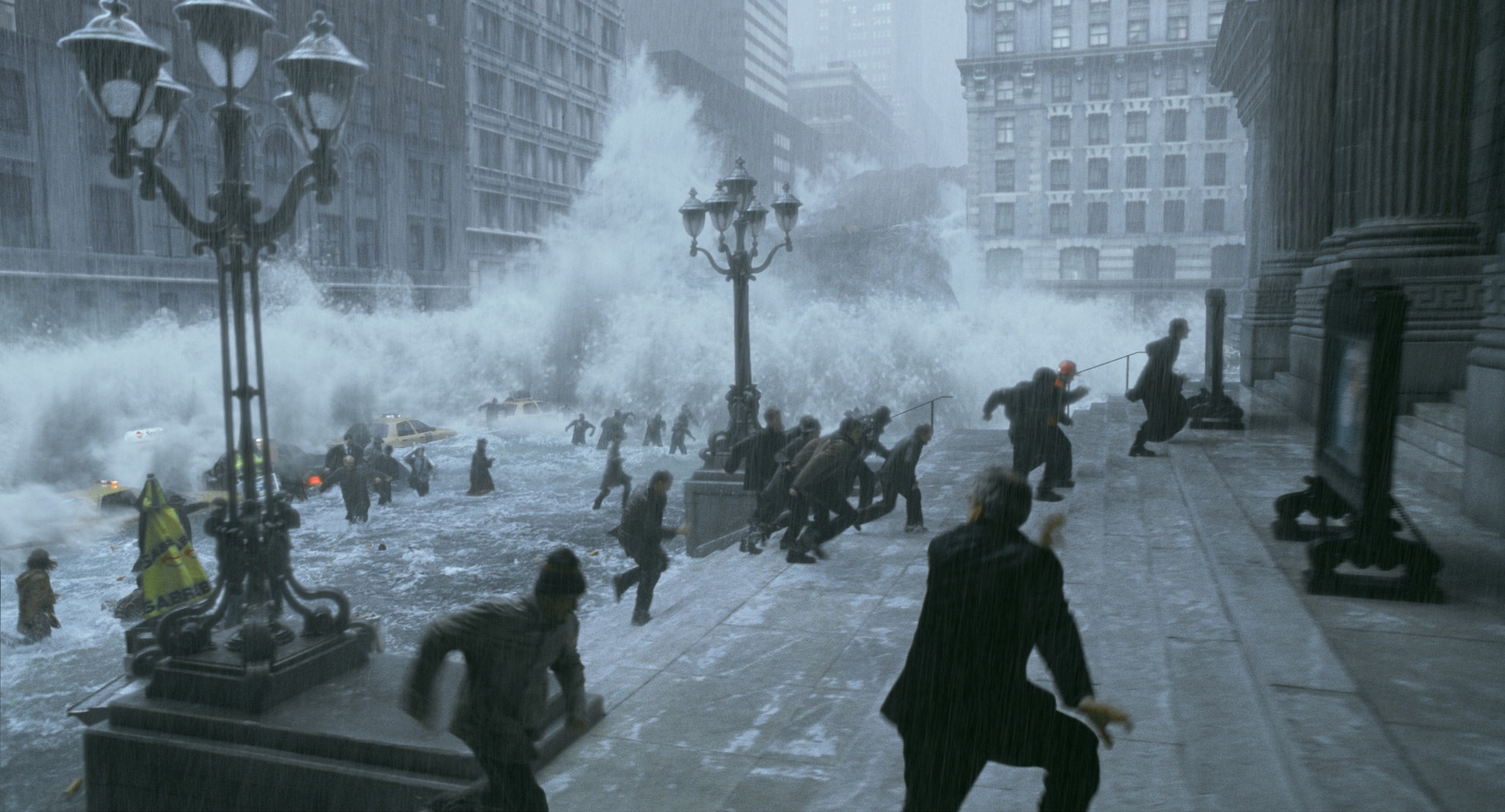
While the film received mixed reviews from critics, with some praising its special effects and thrilling action sequences, others criticized it for its scientific inaccuracies and melodramatic plot. Despite this, the film was a commercial success, resonating with audiences as a cautionary tale about the environment.
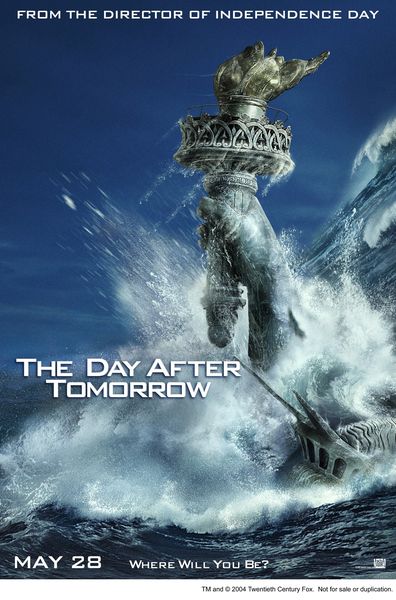
The movie’s portrayal of extreme weather events and its commentary on global warming sparked discussions about climate change, even if its science was not entirely accurate. It remains a notable entry in the disaster film genre, memorable for its intense visuals and its reflection of contemporary concerns about the environment.

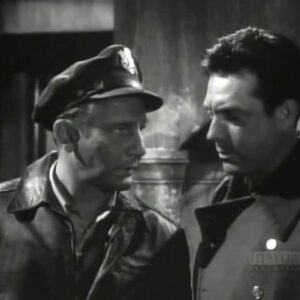
“Twelve O’Clock High” (1949), directed by Henry King, is a compelling and realistic portrayal of the psychological and physical toll of war on airmen during World War II.
“Twelve O’Clock High” (1949), directed by Henry King, is a powerful and gripping war drama that delves deep into the psychological and physical toll of World War II on the airmen of the U.S. Army’s Eighth Air Force. Set against the backdrop of the intense and perilous daylight bombing missions over Nazi-occupied Europe, the film offers a realistic and unflinching look at the burden of command and the strain of war.
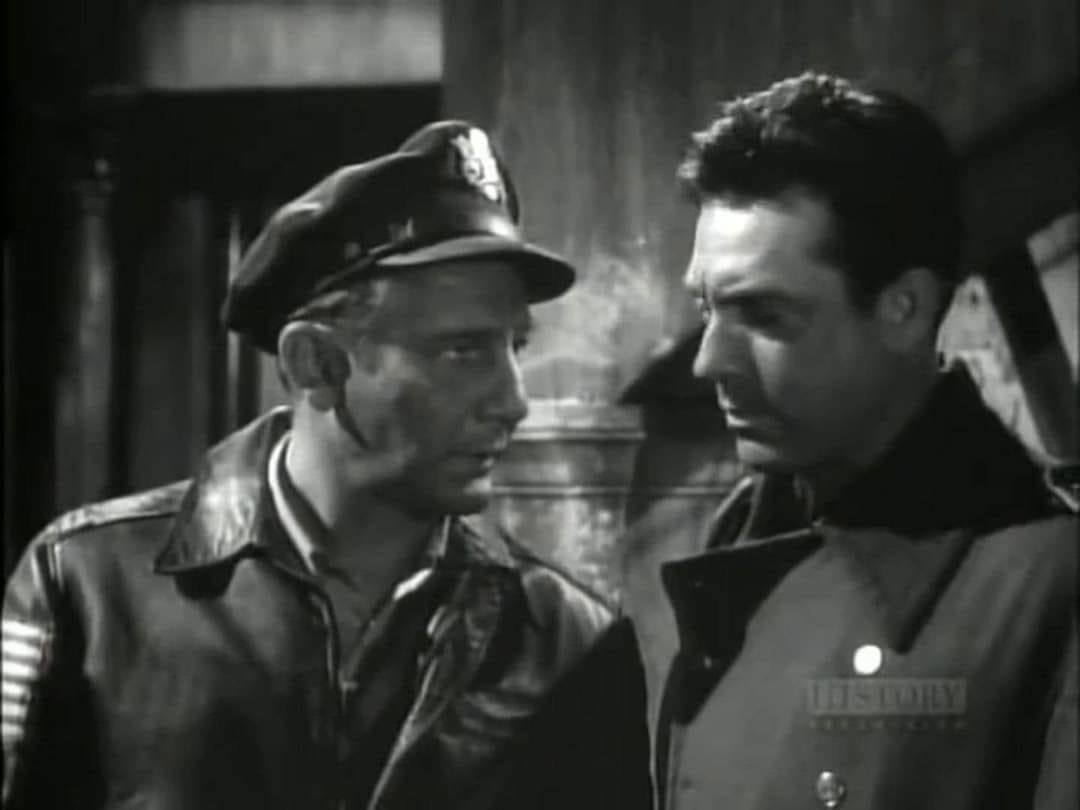
Plot Summary
The film is set in 1942 and follows the experiences of the 918th Bomb Group, stationed at a U.S. airbase in England. The group is struggling under heavy losses, and morale is at an all-time low. The story begins with the replacement of the group’s commander, Colonel Keith Davenport (Gary Merrill), who is seen as too emotionally involved with his men to effectively lead them. Brigadier General Frank Savage (Gregory Peck) is brought in to take command, tasked with restoring discipline and morale.
Savage’s leadership style is tough and uncompromising; he distances himself emotionally from his men, believing that this detachment is necessary to rebuild their fighting spirit. At first, his harsh methods are met with resistance and resentment from the crew, but over time, they begin to understand the necessity of his approach. The film meticulously portrays the psychological pressure on Savage as he wrestles with the heavy responsibilities of command and the decisions that could mean life or death for his men.

As the story unfolds, the constant stress of combat, the loss of comrades, and the relentless demands of leadership begin to take a toll on Savage himself. The film’s climax centers around a critical bombing mission deep into Germany, where the group’s resilience and Savage’s leadership are put to the ultimate test.
Themes and Tone
“Twelve O’Clock High” explores themes of leadership, sacrifice, and the mental and emotional costs of war. The film’s tone is serious and reflective, emphasizing the human aspects of warfare rather than glorifying the combat itself. It addresses the psychological wear and tear on the airmen, the fear, the fatigue, and the devastating impact of losing fellow soldiers.
The film also delves into the idea of what it means to be an effective leader under extreme conditions. Savage’s journey is one of understanding the fine balance between maintaining authority and connecting with his men on a human level. The title itself, “Twelve O’Clock High,” refers to the position of enemy aircraft approaching directly from above—symbolizing the constant and unavoidable threats faced by the airmen.
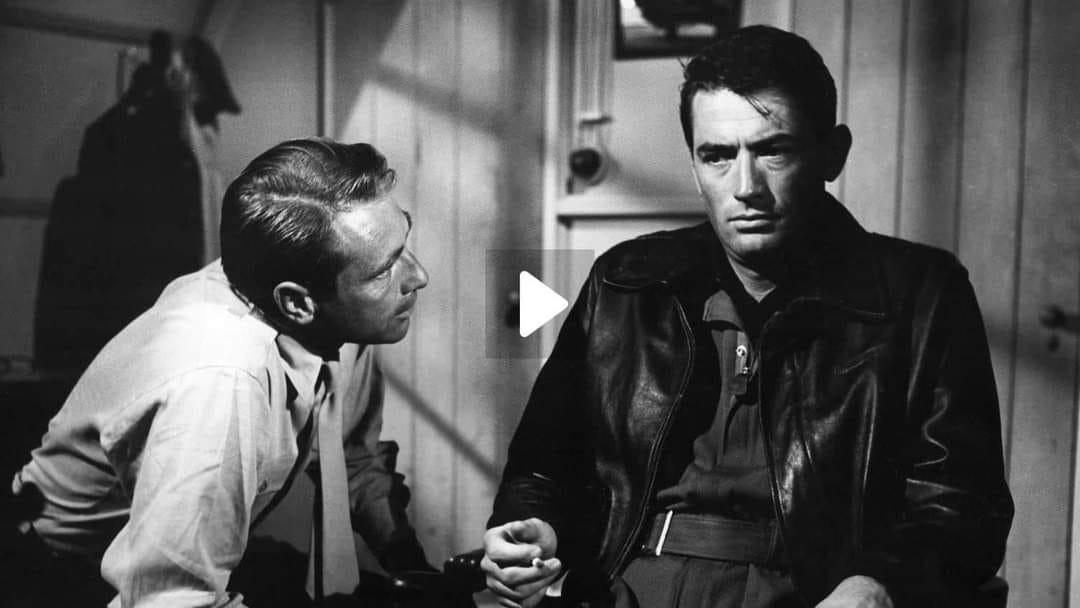
Performances and Direction
Gregory Peck delivers a standout performance as General Frank Savage, embodying the complexity of a man torn between duty and compassion. His portrayal of Savage’s gradual breakdown under the pressure of command is both subtle and powerful. The supporting cast, including Hugh Marlowe, Dean Jagger, and Gary Merrill, adds depth to the film, portraying the camaraderie and conflict among the crew.
Henry King’s direction is notable for its emphasis on realism and attention to detail. The film’s aerial combat sequences, shot with actual B-17 bombers, are intense and authentically capture the danger faced by the airmen. The use of sound, close-ups, and the pacing of the film all contribute to a sense of immediacy and tension.
Critical Reception and Legacy
“Twelve O’Clock High” was highly praised upon its release and has since become regarded as one of the greatest war films ever made. It was nominated for four Academy Awards, with Dean Jagger winning Best Supporting Actor for his role as Major Harvey Stovall, the group’s adjutant who reflects on the events of the war. The film was also lauded for its psychological depth and the way it portrayed the realities of war without resorting to melodrama or sentimentality.
The film’s influence extends beyond cinema; it has been used in military training programs to illustrate leadership principles and the impact of stress on decision-making and morale.
Conclusion
“Twelve O’Clock High” stands as a compelling and realistic portrayal of the psychological and physical toll of war. Its exploration of leadership, the strain of combat, and the human costs of war resonate as powerfully today as they did at the time of its release. With its strong performances, particularly from Gregory Peck, and its unvarnished depiction of wartime realities, the film remains a poignant and enduring classic in the war genre.
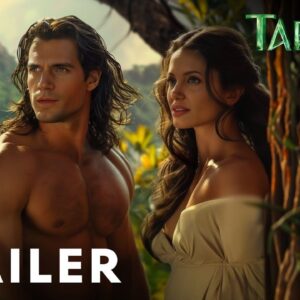
Tarzan (John Clayton II, Viscount Greystoke) is a fictional character, a feral child raised in the African jungle by the Mangani great apes
Tarzan, whose full name is John Clayton II, Viscount Greystoke, is a fictional character created by American author Edgar Rice Burroughs. He first appeared in the novel Tarzan of the Apes, which was published in 1912. Tarzan is one of the most enduring characters in popular culture, known for his adventures in the African jungle and his unique upbringing.
Background and Origin
Tarzan is the son of British aristocrats who are marooned on the coast of Africa. His parents die when he is still an infant, and he is subsequently adopted and raised by a tribe of great apes called the Mangani. These apes are depicted as a species distinct from both gorillas and humans, possessing their own language and social structure.
Growing up in the jungle, Tarzan learns to survive in the wild, becoming incredibly strong, agile, and skilled in hunting and tracking. Despite his primitive upbringing, he is inherently intelligent and curious. He teaches himself to read using books left behind by his parents and eventually learns to speak English and other languages.
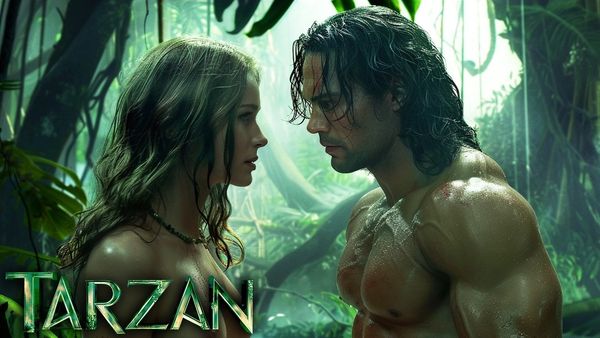
Character Traits and Abilities
Tarzan is often portrayed as the archetypal noble savage—physically superior and morally pure, yet untouched by the corrupting influences of civilization. His character embodies a deep connection with nature, and he possesses an innate sense of justice and honor. Tarzan’s abilities include extraordinary strength, agility, and acute senses, allowing him to swing through trees, communicate with animals, and engage in hand-to-hand combat with formidable opponents.
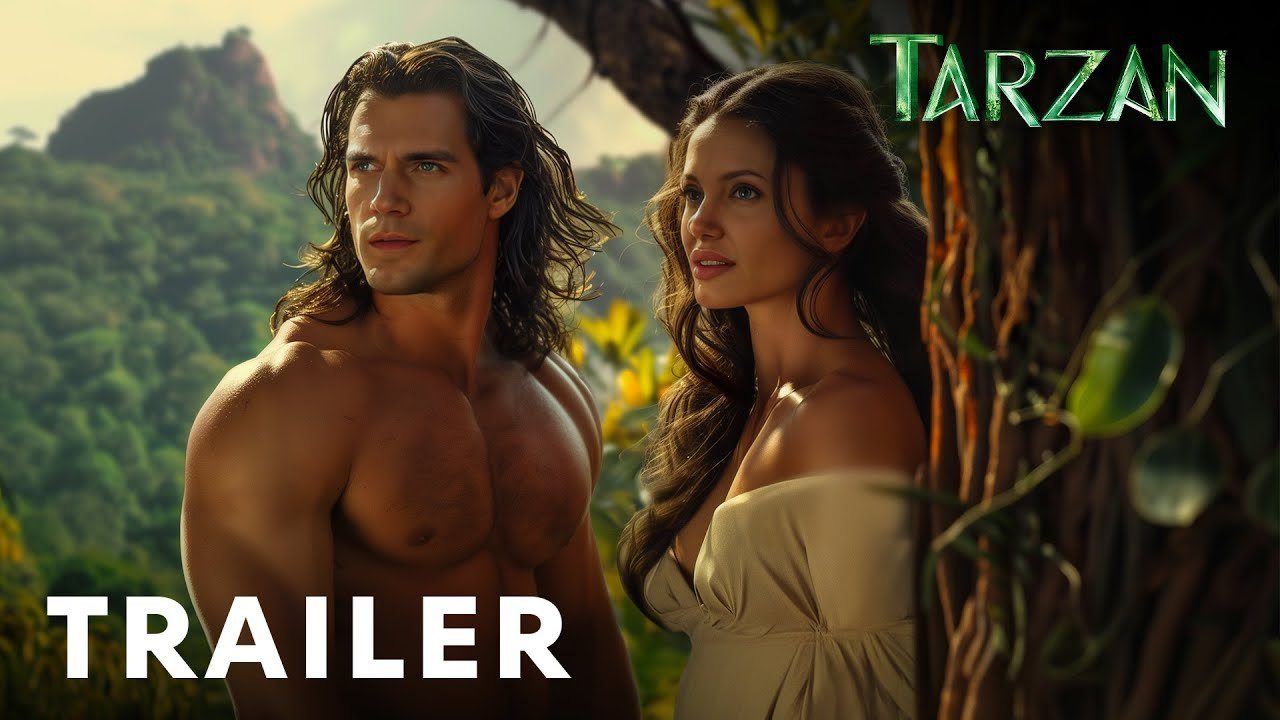
Adventures and Relationships
Throughout his adventures, Tarzan encounters various threats and challenges, from wild animals to hostile tribes and unscrupulous explorers. He also becomes a protector of the jungle and its inhabitants, often fighting to preserve the natural world from exploitation.
One of the key elements of Tarzan’s story is his romance with Jane Porter, an American woman who becomes his wife. Their relationship is central to many of the stories, as Tarzan grapples with his dual identity as both a wild man and a member of the British aristocracy.
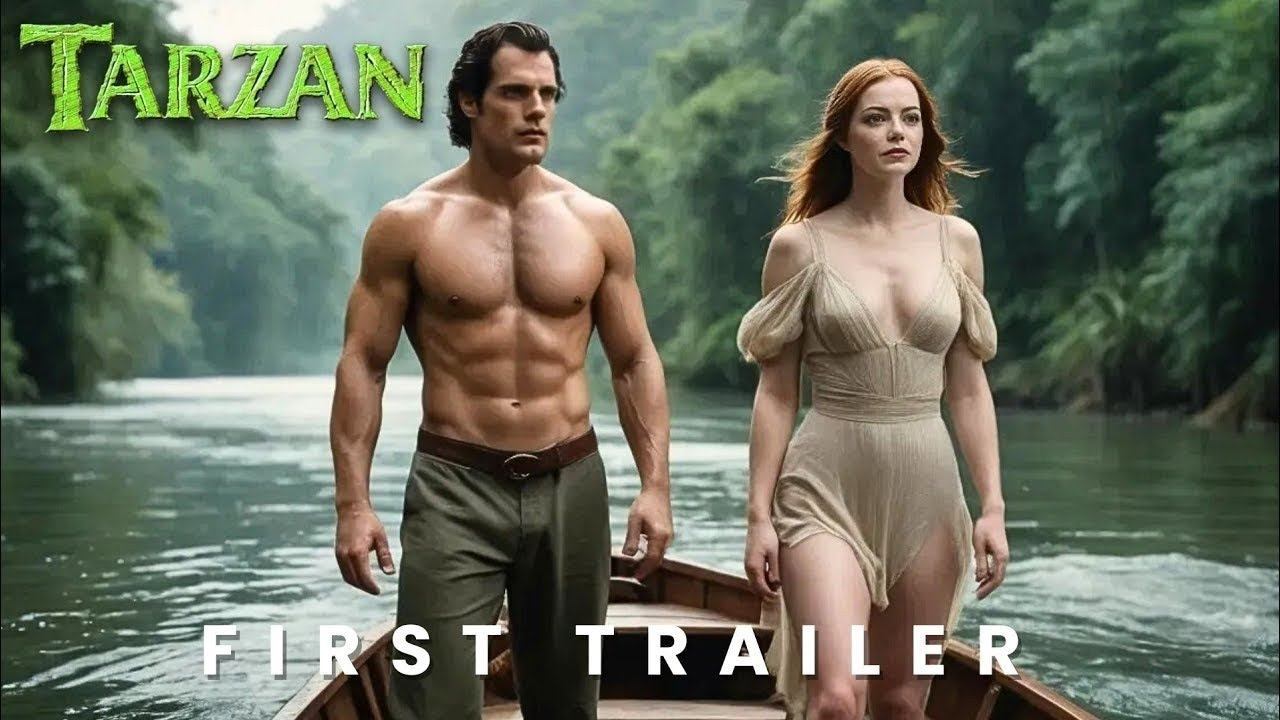
Cultural Impact and Legacy
Tarzan has been a significant figure in literature, film, television, and comics for over a century. His character has been adapted into numerous films, beginning with silent movies in the early 20th century, and continuing with animated versions, live-action films, and television series. The most famous portrayal of Tarzan is perhaps that of Johnny Weissmuller in a series of films from the 1930s and 1940s.
The character of Tarzan has become a symbol of the wild, untamed spirit and a connection to nature, resonating with audiences across different generations and cultures. Despite the dated and often problematic colonial attitudes reflected in the original stories, Tarzan remains an iconic and enduring figure in popular culture.
Themes and Symbolism
Tarzan’s story often explores themes of identity, the clash between civilization and nature, and the idea of the “noble savage.” His journey from the jungle to the modern world and back again reflects a deep tension between the wild and the civilized, questioning what it truly means to be human.
Through his adventures, Tarzan embodies a romanticized view of the natural world as a place of purity and simplicity, in contrast to the complexity and moral ambiguity of human society. This contrast has made Tarzan a fascinating and enduring character, capturing the imagination of readers and viewers for over a century.

Directed by William Boyd, “The Trench” (1999) stands as a poignant British war film that immerses viewers in the harrowing realities of trench warfare during World War I.
Directed by William Boyd, “The Trench” (1999) is a poignant British war film that offers a gripping and intimate portrayal of the harrowing realities of trench warfare during World War I. Set in the days leading up to the infamous Battle of the Somme, the film delves into the experiences of a group of young British soldiers as they endure the physical and psychological toll of life in the trenches.
Plot Summary
“The Trench” focuses on the final 48 hours before the start of the Battle of the Somme, one of the bloodiest battles in human history. The film follows a platoon of British soldiers, mostly young men who are new to the horrors of war. The central character is 17-year-old Billy Macfarlane (Paul Nicholls), who, along with his older brother Eddie (Tam Williams), has joined the army out of a sense of duty and adventure.
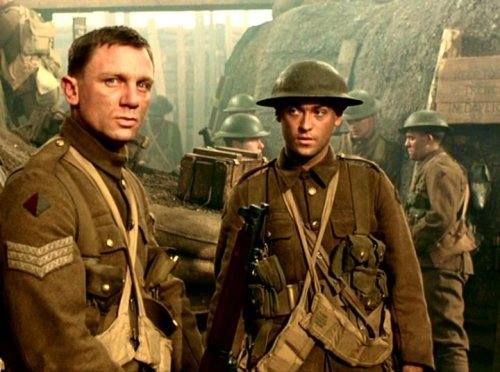
As the men await the command to go “over the top,” the film explores their fears, hopes, and camaraderie. The soldiers cope with the crushing monotony and constant fear of death in different ways—through humor, letters home, or simply trying to maintain a semblance of normalcy in the face of overwhelming danger. Their officer, Second Lieutenant Ellis Harte (Daniel Craig), struggles with the responsibility of leading his men into what he knows will be a near-suicidal assault.
The film is largely confined to the claustrophobic and grim environment of the trench, emphasizing the sense of entrapment and the suffocating atmosphere that the soldiers endure. As the countdown to the battle draws closer, tension mounts, and the men are forced to confront the terrifying reality of what lies ahead.
Themes and Tone
“The Trench” is a character-driven film that explores themes of fear, courage, innocence lost, and the futility of war. The film’s tone is somber and reflective, emphasizing the psychological and emotional burden carried by the soldiers. The movie does not focus on grand battle scenes; instead, it zeroes in on the moments of quiet dread and the human side of warfare, portraying the soldiers not as hardened warriors but as ordinary young men thrown into extraordinary circumstances.
The film also critiques the lack of preparation and the high command’s indifference to the lives of the soldiers, highlighting the tragic human cost of the conflict. The anticipation and dread of the impending battle serve as a stark commentary on the senselessness of war.

Performances and Direction
William Boyd’s direction is marked by a focus on realism and authenticity, capturing the bleakness and brutality of trench warfare. The film’s pacing is deliberate, mirroring the slow, agonizing wait for battle, and the cinematography effectively conveys the oppressive environment of the trenches.
Paul Nicholls delivers a compelling performance as Billy, capturing the character’s vulnerability and fear. Daniel Craig, in one of his earlier roles, brings depth to the role of Lieutenant Harte, portraying a man burdened by the weight of command and the knowledge of what awaits his men. The ensemble cast, which includes Cillian Murphy, James D’Arcy, and Danny Dyer, contributes to the film’s authentic portrayal of a diverse group of soldiers, each with their own stories and struggles.
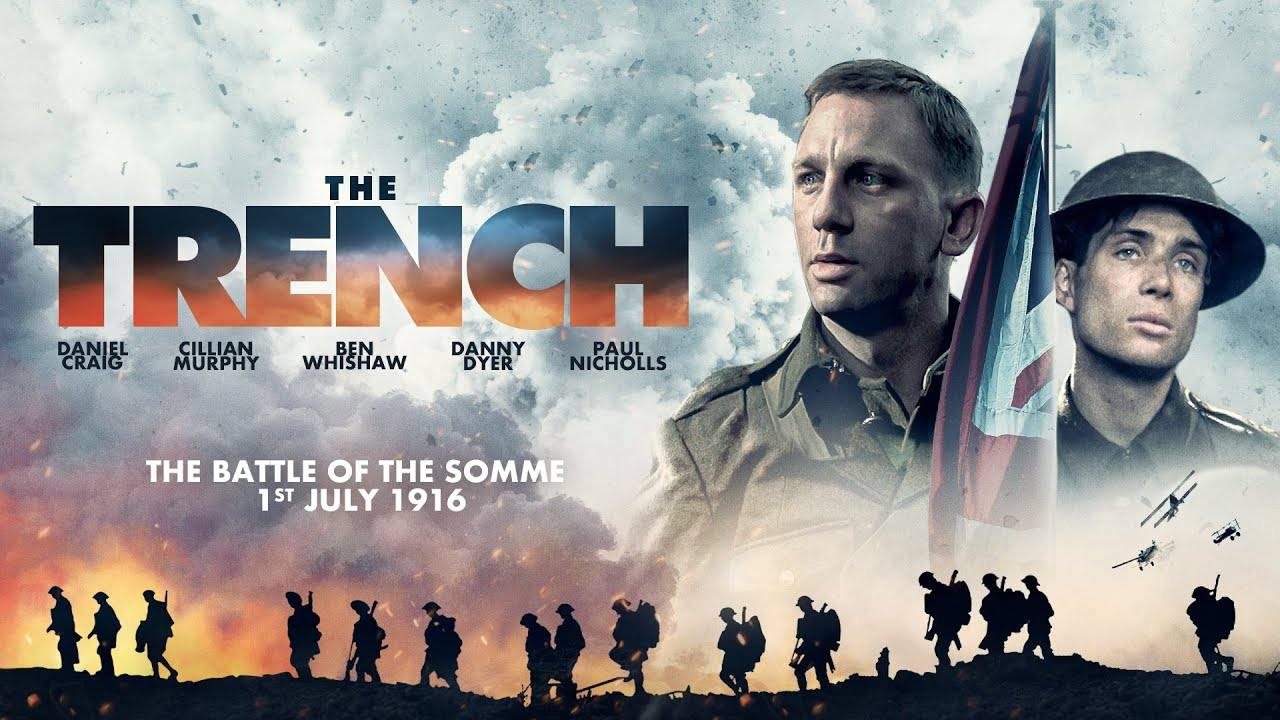
Critical Reception and Legacy
“The Trench” was praised for its realistic depiction of the conditions in the trenches and its focus on the psychological aspects of war. While the film did not achieve widespread commercial success, it has been noted for its historical accuracy and its ability to convey the emotional and mental strain experienced by soldiers during World War I.
The film stands out for its restrained approach to the war genre, avoiding glorification and instead offering a sobering look at the realities of combat. It is a poignant reminder of the human cost of war, providing a voice to the countless young men who faced the horrors of the trenches.
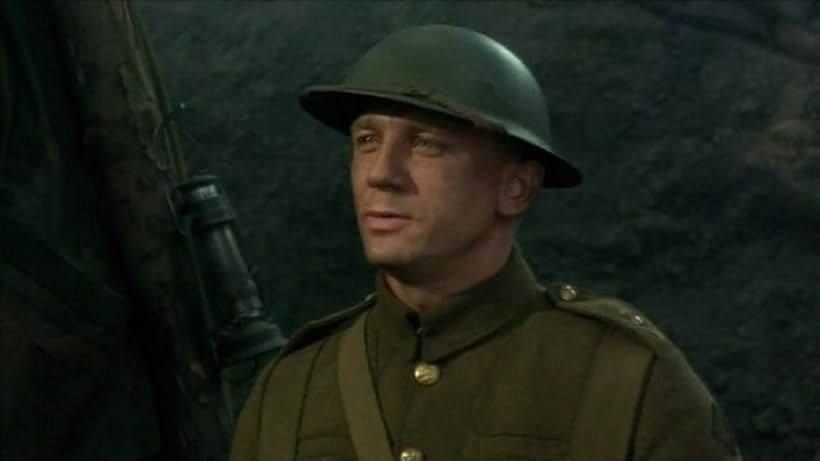
Conclusion
“The Trench” is a powerful and moving war film that immerses viewers in the grim realities of trench warfare during World War I. Through its focus on character and atmosphere, it offers a poignant exploration of the fear, camaraderie, and ultimate sacrifice of those who served on the front lines. With strong performances and thoughtful direction, the film serves as a poignant tribute to the soldiers of the Great War and a stark reminder of the futility and tragedy of conflict.
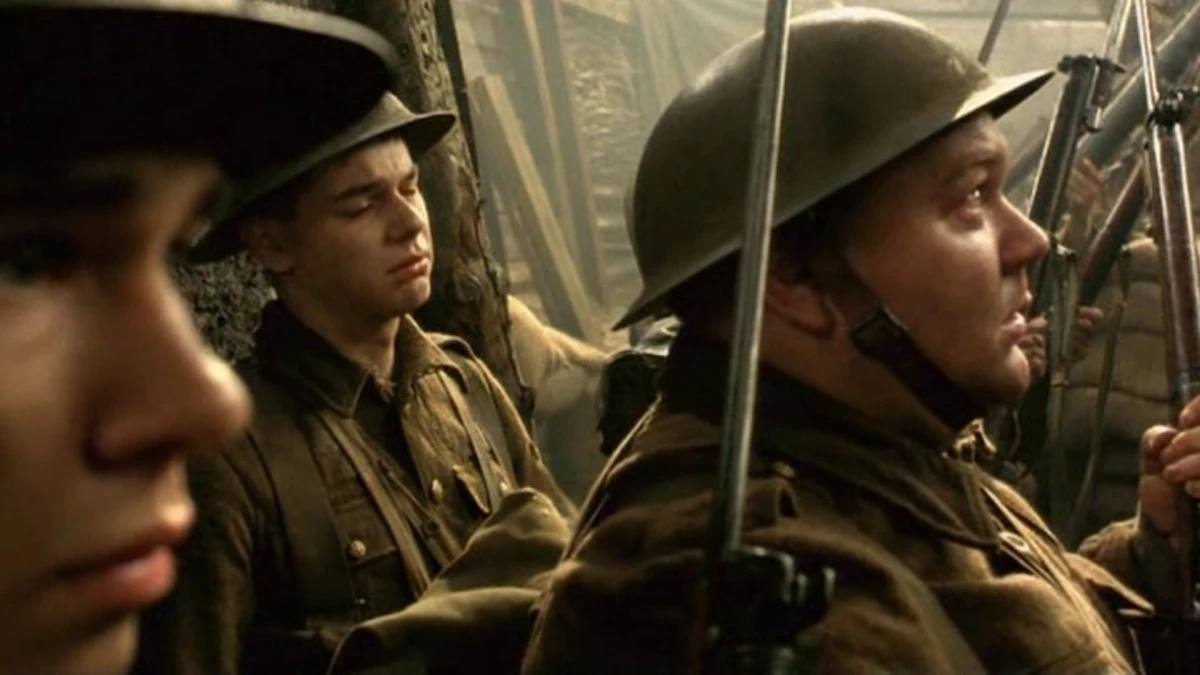
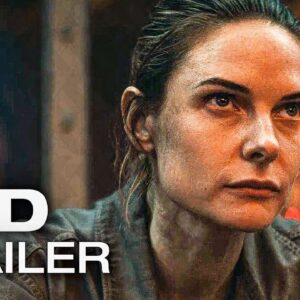
“Silo” (2023) is a dystopian science fiction television series based on Hugh Howey’s best-selling “Wool” series.
“Silo” (2023) is a dystopian science fiction television series adapted from Hugh Howey’s best-selling Wool series. The show is set in a future where the remnants of humanity live in a massive, underground silo hundreds of stories deep. The series explores themes of control, survival, and the mysteries of the outside world, which the inhabitants are told is toxic and uninhabitable.

Plot Overview
The story is centered around the inhabitants of the silo, who are governed by strict rules designed to keep them safe and maintain order. The society is highly regulated, with rigid social structures and severe penalties for those who question the official narrative about their environment. The series begins with a focus on Juliette, an engineer who starts to uncover disturbing truths about the silo’s origins and the reality of the outside world.
As Juliette digs deeper into the mysteries of the silo, she begins to challenge the established order, setting off a chain of events that threatens the delicate balance of their society. The tension between the desire for truth and the need for control forms the core of the series, with the characters grappling with their roles within this oppressive system.
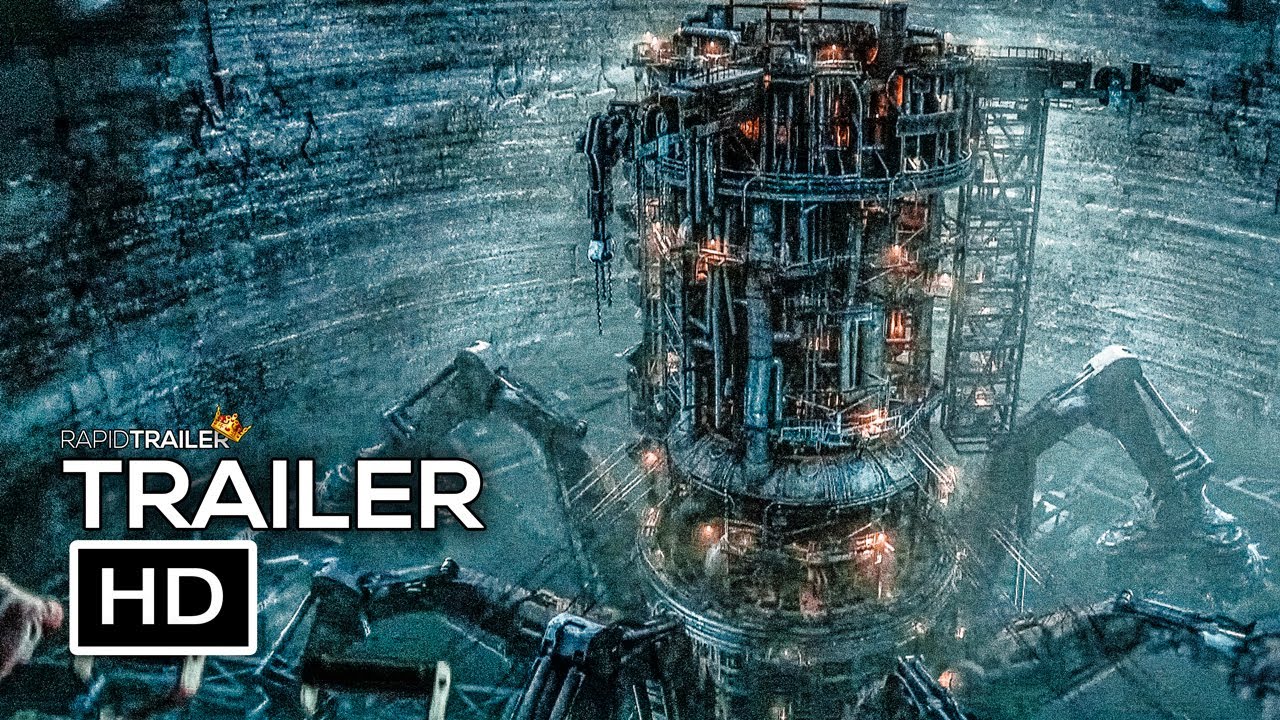
Themes and Tone
“Silo” is characterized by its dark and atmospheric tone, reflecting the claustrophobic and often bleak life inside the silo. The series explores themes such as the nature of truth and lies, the impact of authoritarian rule, and the human instinct for survival. It also delves into the psychological effects of living in such a confined and controlled environment, where the outside world is both feared and yearned for.
The show raises questions about freedom, control, and the lengths to which those in power will go to maintain the status quo. It also examines the human capacity for hope and resilience, even in the face of seemingly insurmountable odds.
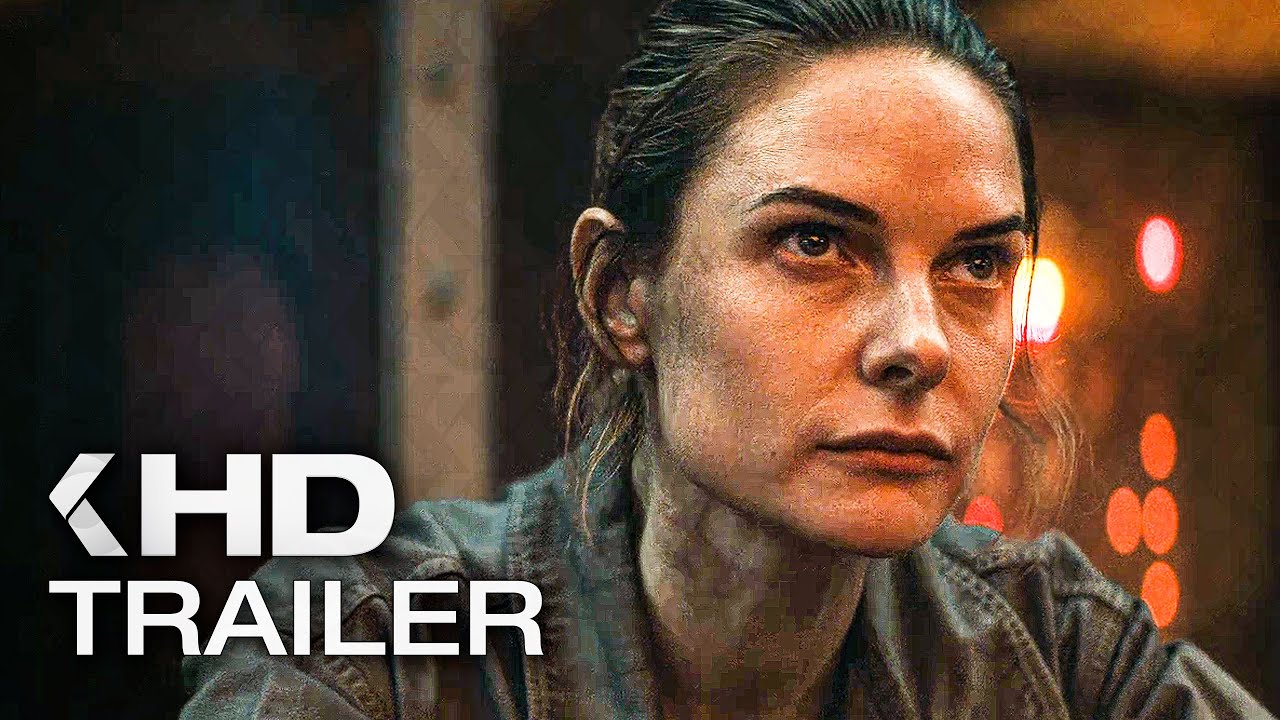
Production and Reception
“Silo” has been praised for its high production values, including its detailed set design that brings the silo environment to life. The series’ visual style emphasizes the stark contrast between the dark, industrial interiors of the silo and the unknown world outside.
The show has been well-received by both fans of the original Wool series and new viewers alike, with particular praise for its storytelling, character development, and the way it builds suspense and intrigue. The performances, especially that of the lead actress playing Juliette, have been highlighted for adding depth and emotional weight to the narrative.
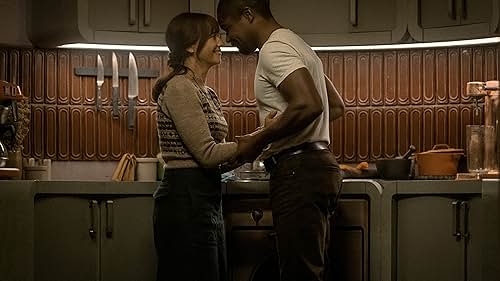
Production and Reception
“Silo” has been praised for its high production values, including its detailed set design that brings the silo environment to life. The series’ visual style emphasizes the stark contrast between the dark, industrial interiors of the silo and the unknown world outside.
The show has been well-received by both fans of the original Wool series and new viewers alike, with particular praise for its storytelling, character development, and the way it builds suspense and intrigue. The performances, especially that of the lead actress playing Juliette, have been highlighted for adding depth and emotional weight to the narrative.

Conclusion
“Silo” is a compelling and thought-provoking series that offers a fresh take on dystopian science fiction. By blending mystery, drama, and elements of thriller, it captivates audiences with its exploration of a society on the brink of discovery and change. Fans of dystopian narratives and those intrigued by stories of human endurance in the face of adversity will find much to appreciate in this series.

TRANSFORMERS 8: RISE OF THE UNICORN First Teaser Trailer (2024)


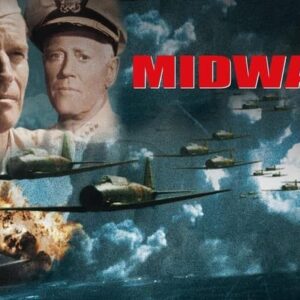
“Midway” (1976) is a gripping war film that dramatizes the pivotal Battle of Midway during World War II.
“Midway” (1976) is a gripping war film that dramatizes the pivotal Battle of Midway during World War II, a turning point in the Pacific Theater that shifted the balance of power in favor of the Allies. Directed by Jack Smight, the film boasts an ensemble cast featuring Charlton Heston, Henry Fonda, and James Coburn, among others, who bring to life the tension and heroism of this historic confrontation.
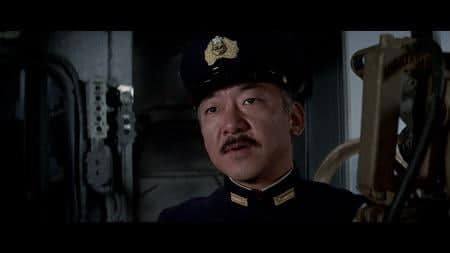
The story begins in the aftermath of the attack on Pearl Harbor, as the U.S. Navy reels from the devastating blow. Intelligence officers, led by Joseph Rochefort (Hal Holbrook), work tirelessly to decode Japanese communications, eventually uncovering plans for a surprise attack on the Midway Atoll. Admiral Chester W. Nimitz (Henry Fonda), the Commander in Chief of the Pacific Fleet, quickly realizes that this could be the opportunity they need to turn the tide of the war.
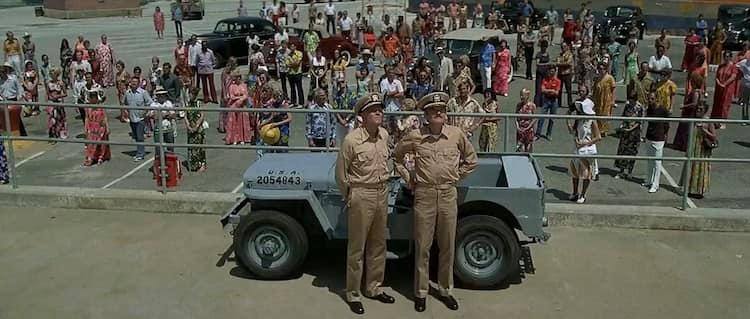
The film skillfully interweaves the personal and professional lives of its characters, portraying the complexities of war. Captain Matt Garth (Charlton Heston), a seasoned and stoic officer, finds himself caught between duty and the safety of his son, Ensign Tom Garth (Edward Albert), who is serving aboard an aircraft carrier. This father-son dynamic adds an emotional layer to the film, highlighting the personal sacrifices made during wartime.
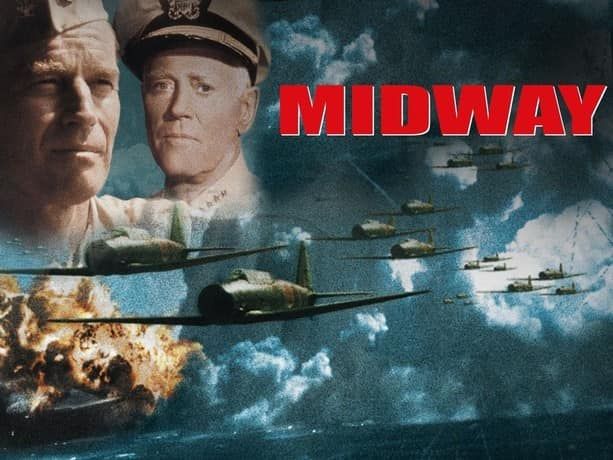
As the battle approaches, the tension escalates. The U.S. Navy, outnumbered and outgunned, prepares for a desperate fight against the Japanese fleet led by Admiral Isoroku Yamamoto (Toshiro Mifune). The film captures the meticulous planning, the brutal realities of naval warfare, and the split-second decisions that would determine the outcome of the battle.
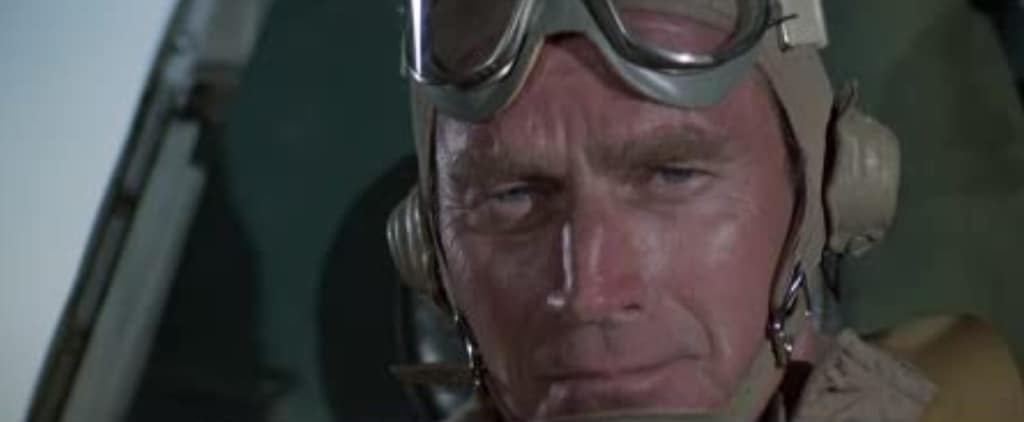
The climactic scenes of aerial dogfights and naval engagements are a testament to the bravery and skill of the pilots and sailors on both sides. The film’s use of actual combat footage, combined with dramatized action, provides a visceral and realistic portrayal of the chaos and intensity of battle.
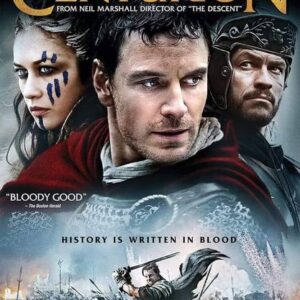
“Centurion” (2010), directed by Neil Marshall, is a gritty and intense historical thriller set during the Roman invasion of Britain.
“Centurion” (2010), directed by Neil Marshall, is a gritty and intense historical thriller set during the Roman invasion of Britain. The film plunges viewers into the brutal and unforgiving world of ancient warfare, where survival is a relentless struggle and loyalty is tested at every turn.
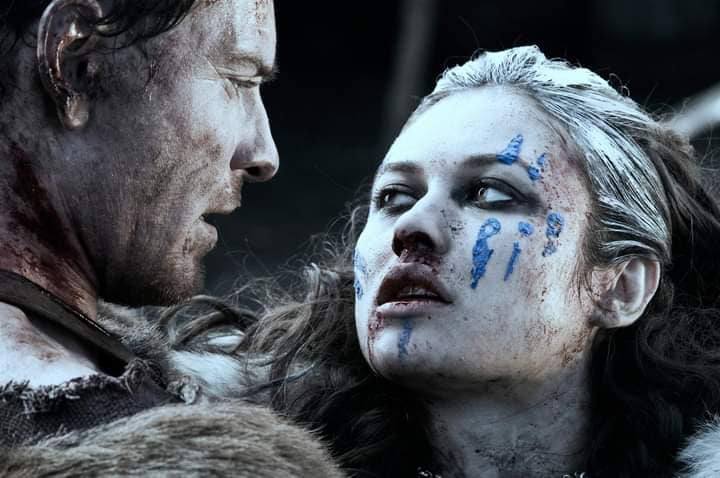
The story follows Quintus Dias (Michael Fassbender), a Roman soldier who narrowly escapes a Pictish raid on his fort. After being captured and tortured, Dias manages to flee and joins the legendary Ninth Legion, led by General Titus Flavius Virilus (Dominic West). The Ninth Legion is tasked with a dangerous mission: to march deep into Pictish territory and eliminate the Pict leader, Gorlacon (Ulrich Thomsen), who has been waging a fierce guerrilla war against the Roman invaders.

As the legion advances into the wild, untamed landscape of northern Britain, they are ambushed by the Picts, resulting in a devastating massacre. The few surviving Romans, including Dias, are left stranded behind enemy lines, cut off from any hope of reinforcements or escape. Led by the vengeful Etain (Olga Kurylenko), a Pictish warrior with a personal vendetta against Rome, the Picts relentlessly pursue the survivors, turning the film into a tense and harrowing chase through the rugged highlands.
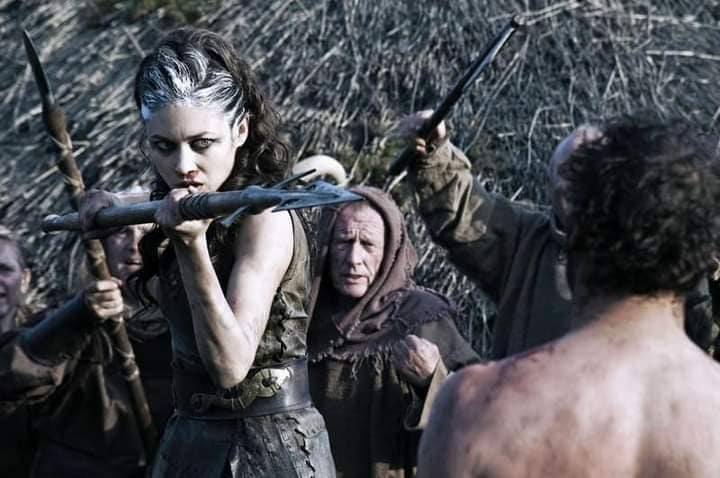
As the legion advances into the wild, untamed landscape of northern Britain, they are ambushed by the Picts, resulting in a devastating massacre. The few surviving Romans, including Dias, are left stranded behind enemy lines, cut off from any hope of reinforcements or escape. Led by the vengeful Etain (Olga Kurylenko), a Pictish warrior with a personal vendetta against Rome, the Picts relentlessly pursue the survivors, turning the film into a tense and harrowing chase through the rugged highlands.

The film is unflinching in its depiction of the brutality of ancient warfare. Neil Marshall’s direction emphasizes the raw physicality of the combat, with visceral and bloody battle sequences that underscore the desperation of the Roman soldiers. The harsh, unforgiving landscape becomes a character in its own right, reflecting the desolation and isolation of the soldiers as they fight for their lives.
At its core, “Centurion” is a tale of survival and camaraderie. The remaining soldiers, including the gruff and battle-hardened Brick (Liam Cunningham) and the young and idealistic Bothos (David Morrissey), must rely on their wits and each other to evade the relentless Pictish hunters. The film delves into themes of loyalty, betrayal, and the futility of empire, as the soldiers question the purpose of their mission and the true cost of their allegiance to Rome.
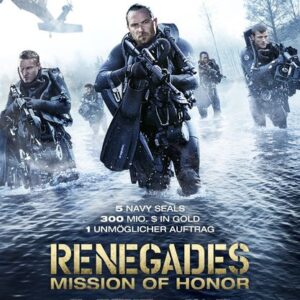
“American Renegades” is a 2017 action-adventure film directed by Steven Quale and starring J.K. Simmons, Sullivan Stapleton, and Sylvia Hoeks.
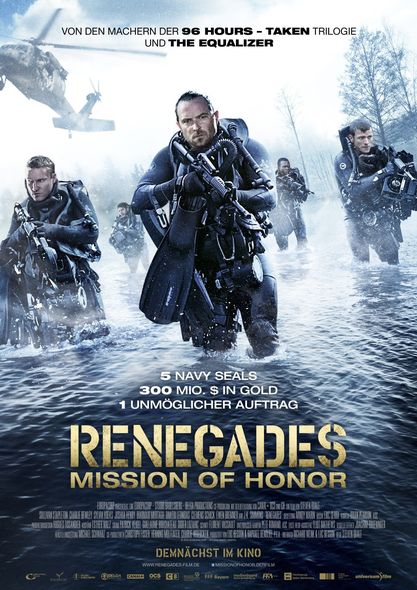
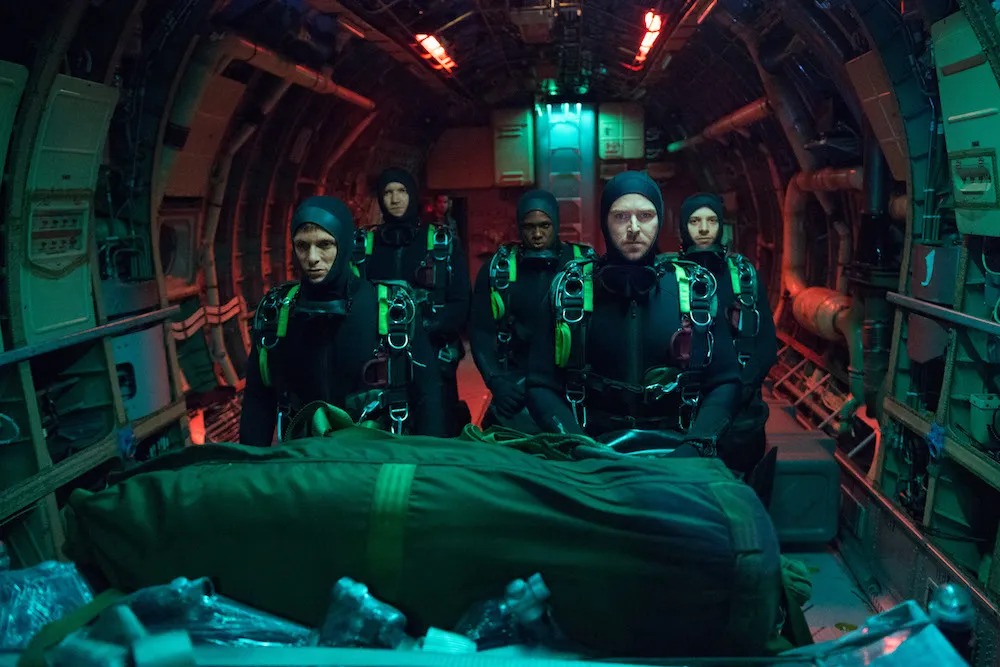
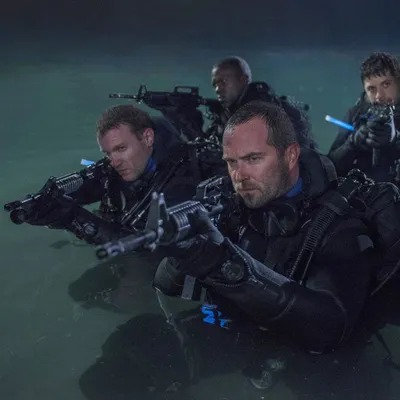
While the film received mixed reviews, it was praised for its thrilling action set pieces and the strong performances of its ensemble cast, particularly J.K. Simmons and Sullivan Stapleton as the SEAL team leaders. “American Renegades” offers an entertaining blend of military adventure, treasure hunting, and moral dilemma, making it an appealing choice for fans of the action-adventure genre.
